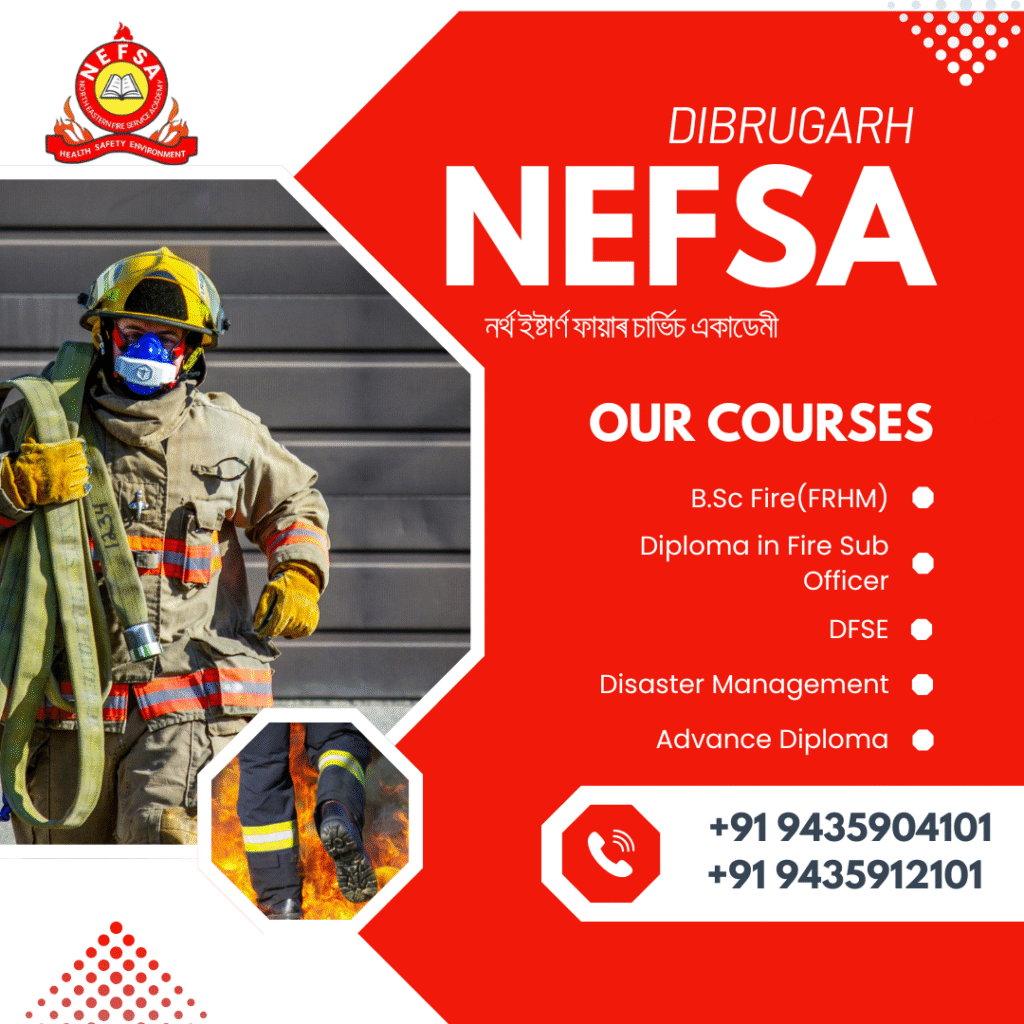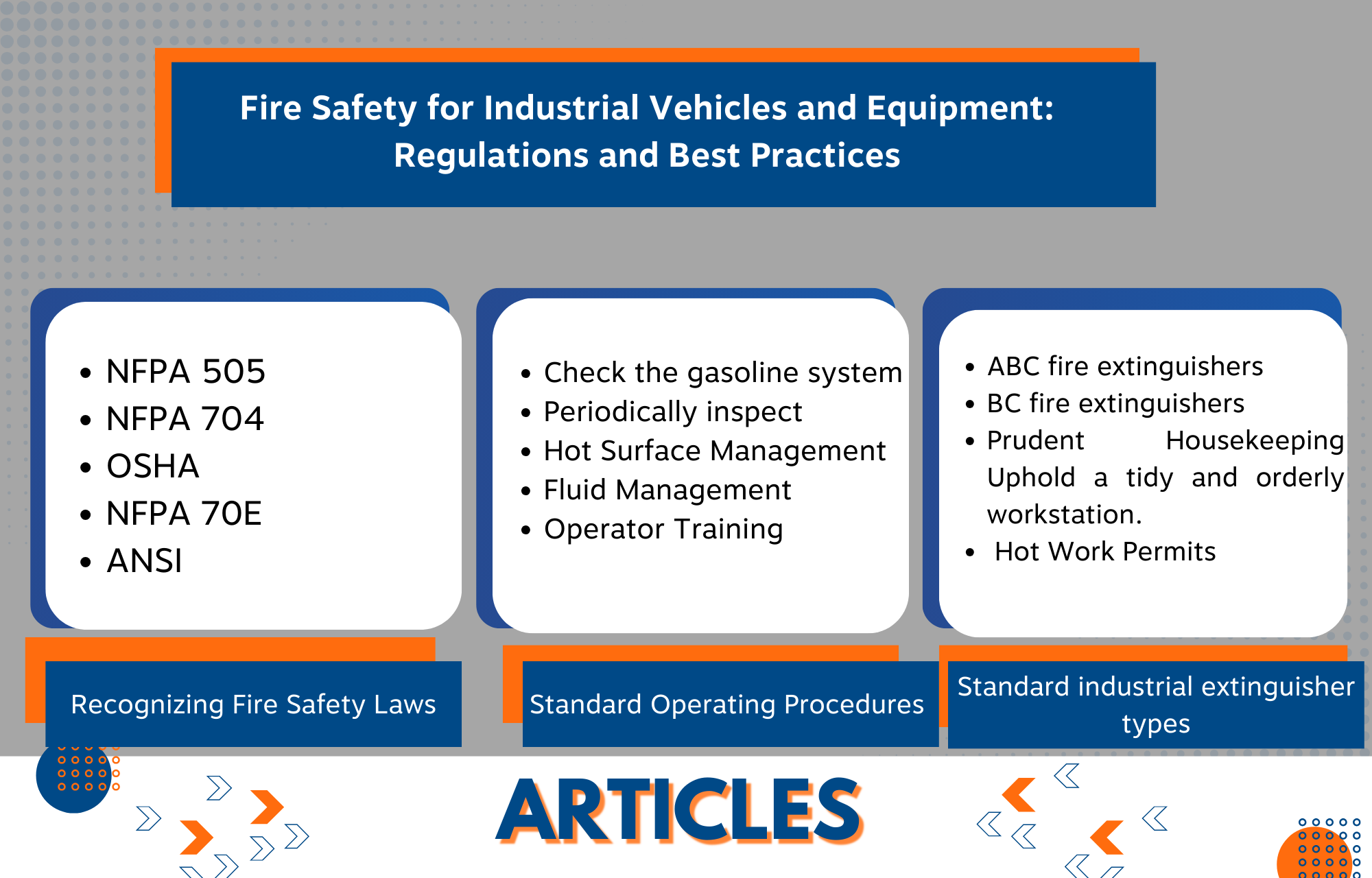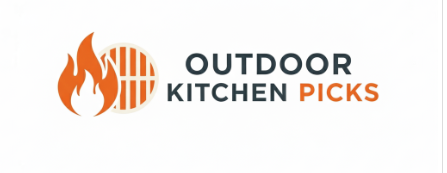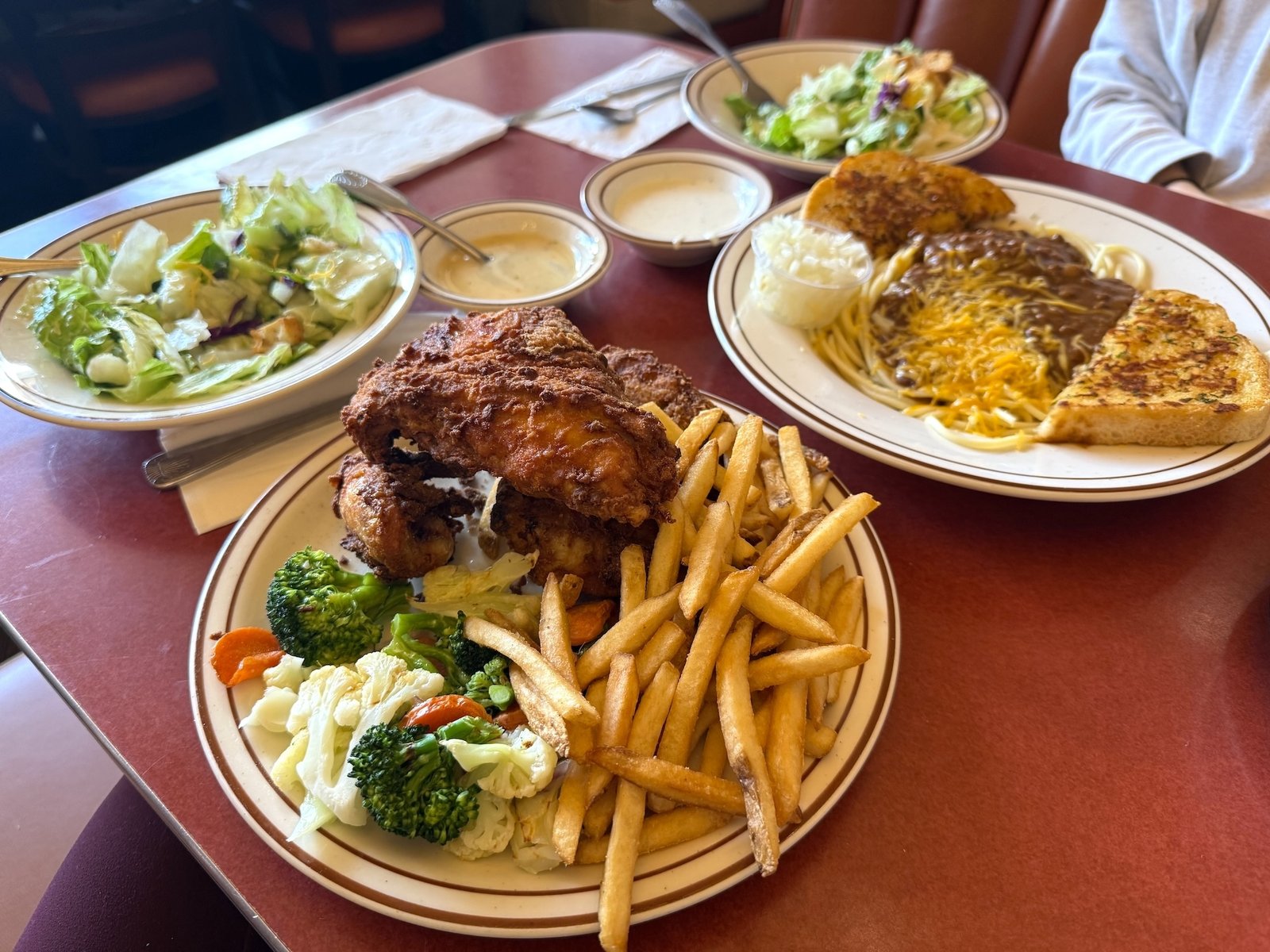When planning your next outdoor adventure, understanding campfire safety best practices is essential to ensure a pleasant experience for everyone involved—and to protect the environment. A well-managed campfire can be a source of warmth, camaraderie, and culinary delight, but only when safety measures are diligently followed. With proper planning and awareness, you can enjoy your outdoor leisure activities without risking wildfires or accidents. This comprehensive guide will cover everything from outdoor cooking flame control to fire risk prevention outdoors, equipping you with the knowledge to build, maintain, and extinguish fires responsibly.
Campfire Safety: Best Practices for a Safe Outdoor Experience

Creating a safe environment around your campfire involves more than just sparks and flames; it’s about cultivating mindfulness, responsible behavior, and environmental stewardship. Starting with location, always select a designated fire ring or a dug-out pit away from overhanging branches, dry grasses, and other combustible materials. Clearing the area of leaves, twigs, and other debris minimizes the risk of uncontrolled spread. Keep a bucket of water, a shovel, and a fire extinguisher nearby, and never leave your fire unattended.
Practicing campfire safety best practices means recognizing when weather conditions—such as high winds or drought conditions—make fires hazardous. In many areas, fire bans are enforced during dry seasons, so always check with local authorities before igniting a blaze. Responsible fire management also involves strict oversight of children and pets, ensuring they maintain a safe distance from the flames and hot surfaces. By adhering meticulously to these practices, you help prevent wildfires, protect wildlife, and ensure that everyone can continue to enjoy outdoor adventures safely.
Outdoor Cooking Flame Control: Mastering the Art of Safe and Efficient Cooking

When it comes to outdoor cooking, flame control is key to both safety and success. Managing your fire’s intensity enables efficient cooking and prevents flame flare-ups that could quickly spiral into dangerous situations. Investing in adjustable grills, fire pits with vents, or portable stoves with adjustable flames allows precise control over heat levels, reducing the risk of food burning and accidental fires. Additionally, understanding how to regulate airflow—by adjusting vents or opening and closing lids—gives you command of the outdoor cooking flame control process.
Beyond equipment, technique matters. For instance, maintaining a steady, moderate flame is preferable to high, roaring flames that increase the likelihood of sparks escaping or mishaps. Always supervise your fire and use appropriate tools—like long-handled spatulas and heat-resistant gloves—to handle hot surfaces safely. With diligent campfire safety best practices and outdoor cooking flame control, you can enjoy tasty meals outdoors while keeping hazards at bay. Proper flame management reduces smoke, conserves fuel, and ensures your outdoor culinary experience is both enjoyable and safe for everyone involved.
Safe Fire-Starting Methods: Techniques for Building a Controlled and Reliable Fire

The foundation of campfire safety is understanding safe fire-starting methods. Many people underestimate how crucial proper ignition procedures are, often leading to dangerous flare-ups or unintentional spreads. Think of starting a fire as laying a solid, controlled foundation—using natural materials like dry twigs and tinder, and igniting from the bottom up—much like constructing a chimney. Use matches or lighters, and always keep a clear escape route in case the fire needs to be extinguished promptly.
Innovative methods—such as using fire starters, natural wax sticks, or commercial firelighters—raise safety standards and reduce reliance on risky items like gasoline or accelerants. When starting your fire, do so in calm conditions and keep the flame low initially, gradually increasing it as your tinder catches fire. Being methodical and cautious is central to campfire safety best practices—a mistake in ignition can quickly lead to uncontrollable flames or hazardous smoke. Remember, patience is key; a slow, steady build results in a reliable fire that can be maintained safely through its lifespan.
Ventilation for Grills: Ensuring Optimal Performance and Preventing Carbon Monoxide Hazards
Proper ventilation for grills not only ensures efficient cooking but also safeguards your health. When using grills—whether charcoal, gas, or electric—adequate airflow supply is essential for complete combustion, which means less smoke and fewer harmful emissions like carbon monoxide. A grill placed in closed or poorly ventilated areas can trap dangerous gases, posing serious health risks, especially during long cooking sessions. Therefore, positioning grills in open, well-ventilated spaces—away from enclosed porches or covered patios—is critical.
Furthermore, understanding how to manage vent openings and airflow patterns can dramatically improve grill performance. For charcoal grills, adjusting vents controls temperature and smoke output; unlocking vents promotes better oxygen flow and cleaner combustion. Gas grills often come equipped with adjustable vents on the lid or base—making it easy to fine-tune airflow and prevent flare-ups. Regular maintenance—cleaning vents and burners—also ensures optimal airflow and minimizes fire hazards, tying back to fire risk prevention outdoors. Prioritizing ventilation not only enhances your cooking experience but significantly reduces health and safety risks, allowing you to enjoy outdoor cooking without worry.
Ember Management Tips: Maintaining a Safe and Controlled Fire Throughout Its Lifespan
Efficient ember management is at the heart of responsible fire ownership—transforming a blazing fire into a manageable, safe fireplace of glowing embers. As the fire burns down, embers represent the heat source that can last for hours and reignite if not properly contained or extinguished. Managing these embers involves controlling their exposure—using tools like fire-safe shovels or fire pokers to shift or cover them—preventing accidental spread or unwanted contact. Always remember that hot embers can remain dangerous long after flames are gone, so take care to contain or extinguish them fully before leaving the site.
A critical part of campfire safety best practices is understanding how to handle embers safely—particularly when transferring or extinguishing a fire. Dousing embers with water, stirring to ensure all hot spots are cooled, and covering with dirt or sand are effective methods to put out residual heat. Proper ember management aligns with environmental responsibility, preventing stray sparks from igniting dry vegetation or nearby structures. Developing a routine of vigilant ember care ensures your fire remains a source of warmth and joy, rather than becoming an unintentional wildfire hazard, reinforcing the importance of safe fire practices outdoors.
Fire Risk Prevention Outdoors: Comprehensive Strategies for Minimizing Hazards and Protecting the Environment
Preventing fire risks outdoors demands a proactive approach combining awareness, preparation, and environmental consciousness. Before establishing a fire, assess the landscape for dry grasses, overgrown vegetation, and other flammable materials, removing or isolating these areas as necessary. Always check local regulations—many parks and recreational areas impose strict rules and fire bans during dry seasons—respecting the protective measures in place to prevent wildfires. Additionally, maintaining a safe distance from tents, trees, and other structures limits the possibility of accidental ignition.
Effective fire risk prevention outdoors is not solely about controlling flames but about continual vigilance. Keeping water or fire extinguishers within reach, monitoring weather conditions, and never leaving fires unattended are fundamental steps. To minimize environmental impact, use established fire rings and follow campfire safety best practices such as responsible ash disposal and extinguishing fires thoroughly before leaving. Cultivating responsible outdoor habits helps preserve natural landscapes, wildlife, and the safety of fellow outdoor enthusiasts—an essential component of enjoying nature sustainably and responsibly.
Conclusion
In wrapping up, mastering campfire safety best practices involves understanding a multitude of interconnected elements—from outdoor cooking flame control to fire risk prevention outdoors. Building safe fires with safe fire-starting methods, managing embers carefully, ensuring ventilation for grills, and following comprehensive hazard mitigation strategies, collectively create a responsible and enjoyable outdoor environment. By prioritizing safety, respect for nature, and preparedness, you can ensure that every fire you ignite enhances your outdoor experience without causing harm—preserving the beauty of our natural spaces for generations to come.






